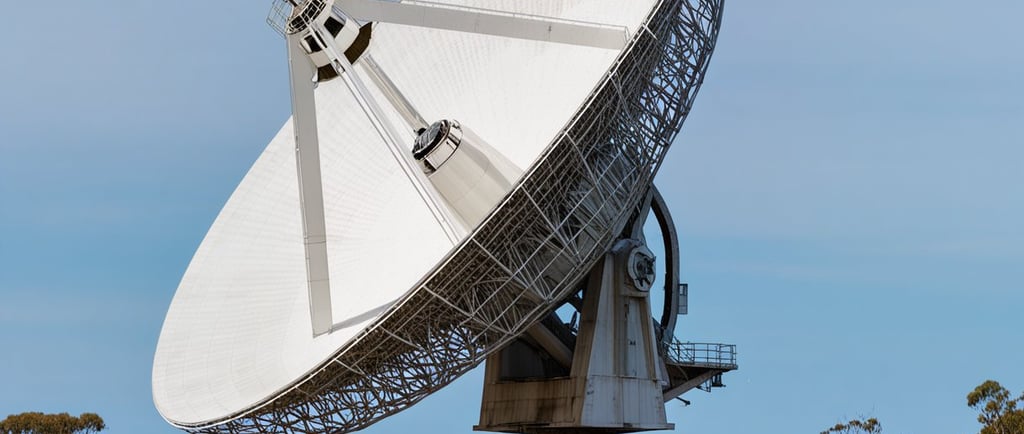Parkes Telescope: Upcoming Perytons Signals


Introduction to Perytons
For over 17 years, scientists at the Parkes Observatory have been captivated by mysterious radio signals known as perytons. These peculiar bursts, initially thought to be of cosmic origin, sparked intrigue in the astrophysical community. However, recent investigations unveiled an unexpected source: a nearby microwave oven.
The Discovery of Perytons
Perytons were first detected in 1998 while observing deep-space radio waves. Initially, they were classified as potential interstellar signals, raising hopes for the detection of extraterrestrial communications. These signals were characterized by their distinctive frequency at 2.4 GHz, a band commonly associated with various manufactured devices.
The Parkes telescope, renowned for its capacity to capture faint radio waves from distant celestial bodies, became the tool of choice in this intriguing investigation. Scientists meticulously analyzed the signals, attempting to trace their origins while expanding their understanding of cosmic radio emissions.
Tracing the Source: The Microwave Oven
The breakthrough in understanding the nature of perytons came when researchers began to notice a worrying coinciding presence of these signals with the operation of a nearby microwave oven. It turns out that opening the door of the microwave mid-operation emits a burst of radio interference, which strikingly mimics the characteristics of cosmic signals. This form of contamination, while not rare, introduced significant challenges in distinguishing true astronomical phenomena from terrestrial noise.
Researchers have noted that the perytons serve as a reminder of the importance of minimizing human-made interference in radio astronomy. As scientists strive to explore the universe's secrets, they must ensure that their observations remain free from man-made signals that can skew the data.
Implications for Future Research
The revelation regarding the microwave oven's role as a source of perytons has significant implications for radio astronomy studies moving forward. It emphasizes the necessity for rigorous environmental control in observation sites and highlights the need to develop new strategies to differentiate between genuine cosmic signals and interference from everyday appliances.
Consequently, the field of radio astronomy can benefit from refining detection methods and improving equipment sensitivity. By doing so, researchers can ensure that they capture genuine cosmic phenomena without the confounding influence of terrestrial devices.
Conclusion
While the story of perytons may seem like an unusual tale of interference rather than discovery, it serves as a critical lesson for scientists in the astrophysics domain. Advances in technology and awareness of kitchen appliances can lead to improved detection of cosmic signals and potentially groundbreaking discoveries about our universe.
In the end, perytons remind us of the complexities involved in space research and the importance of maintaining a clear divide between the noise of our daily lives and the whispers of the cosmos.
